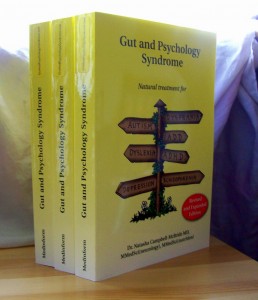
As healing through dietary intervention has been gaining popularity, new versions of similar diets are popping up. This isn’t a new thing – GAPS is based on the specific carbohydrate diet, and I wouldn’t be surprised if the specific carbohydrate diet made improvements on some already existing dietary protocol as well.
Especially with the help of the internet, everyday families are not only finding out about diets, but they are encouraging one another to try different healing protocols with their own success stories.
One diet that keeps popping up in questions from my readers is the autoimmune paleo diet. Admittedly, we did GAPS to help with neurological issues and it’s really the only dietary protocol that I feel like I know well enough to give advice about, but I wanted to gain more of an understanding of the autoimmune protocol.
For a refresher on the GAPS diet, check out the GAPS intro stages, What is the GAPS Diet, and Transitioning off the GAPS diet here.
Similarities between GAPS and AIP:
Both protocols
- Focus on healing the gut
- Avoid grains
- Encourage grassfed/wild meats
- Avoid starchy foods
- Allow coconut products
- Allow vegetables and fruit
- Encourage cultured vegetables and fruit, such as kimchi
- Encourage healthy fats such as avocado oil, olive oil, and coconut oil
After the introduction stage, GAPS allows but AIP does NOT ALLOW:
- Cultured dairy
- Nightshade vegetables (eggplant, tomatoes, onions, peppers)
- Pepper products (cayenne, black pepper, etc)
- Nuts and seeds
- Eggs
- Honey
- Butter
So what can you eat on the autoimmune paleo protocol?
You can eat what is really advocated in the GAPS diet anyway – lots of healthy veggies topped with fat (which helps stretch the budget as well), and grassfed meat. Stir fries, soups, salads, fruit, burgers, steak, chicken, and more. The only thing most experienced GAPSters will have to watch out for is nightshade vegetables and pepper spices (black pepper, cayenne). Everything else should be fairly straightforward if you feel AIP is a better option for you.
On GAPS, SCD, and ‘regular’ paleo you can make more baked goods that indulge our sweet tooth, but for someone struggling with an autoimmune disease, using food as medicine is a priority over eating just to satisfy a craving.
I’ve talked a bit about the joint-gut connection and how autoimmune disease is tied to the gut here, but if you’d like to read more about it I recommend the book The Paleo Approach by Sarah Ballantyne.
In The Paleo Approach, Sarah Ballantyne shares studies, research, her own autoimmune story, and practical tips for implementing AIP. Find The Paleo Approach here.
Already know that you want to do AIP, but are looking for more recipes?
The Autoimmune Paleo Cookbook (find it here) includes over 100 different recipes that are AIP compliant.
Learn how to heal leaky gut

60-page ebook of all my best GAPS Diet (Gut and Psychology Syndrome) articles all in one place.

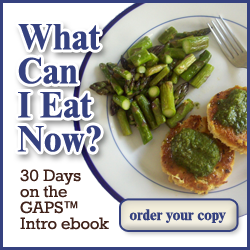
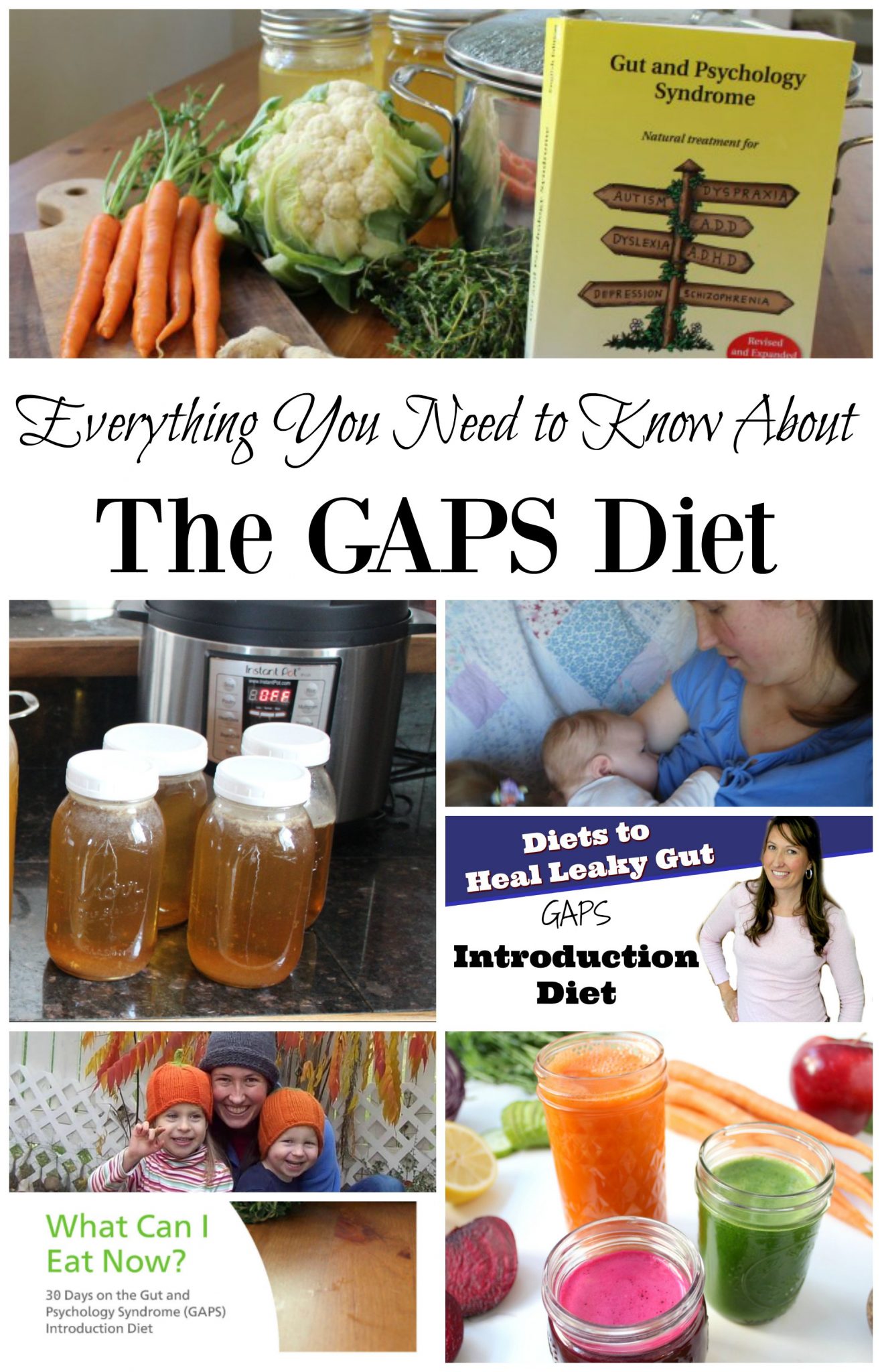
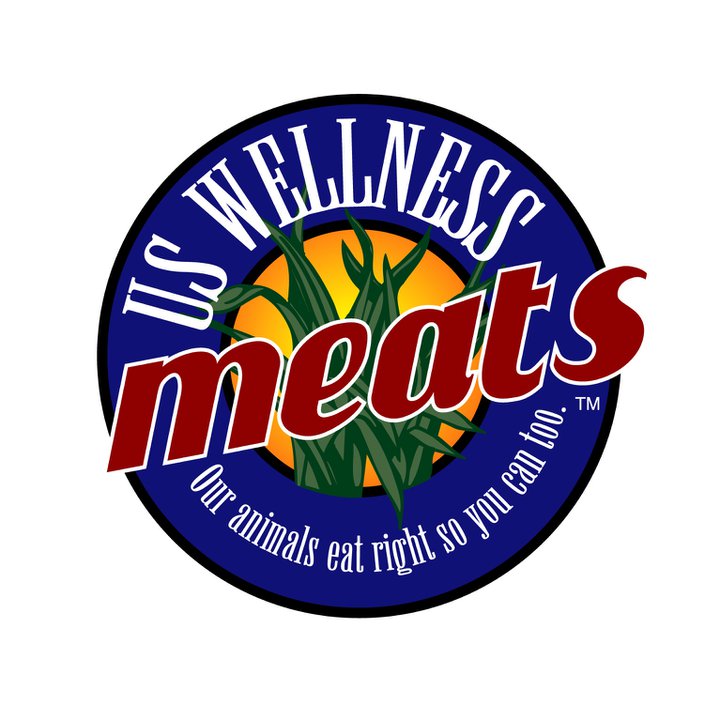
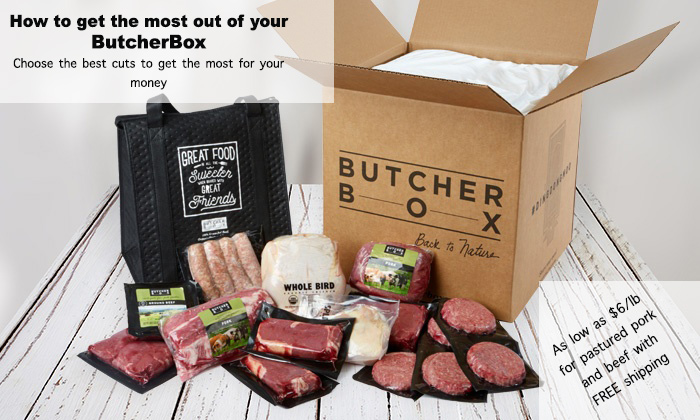
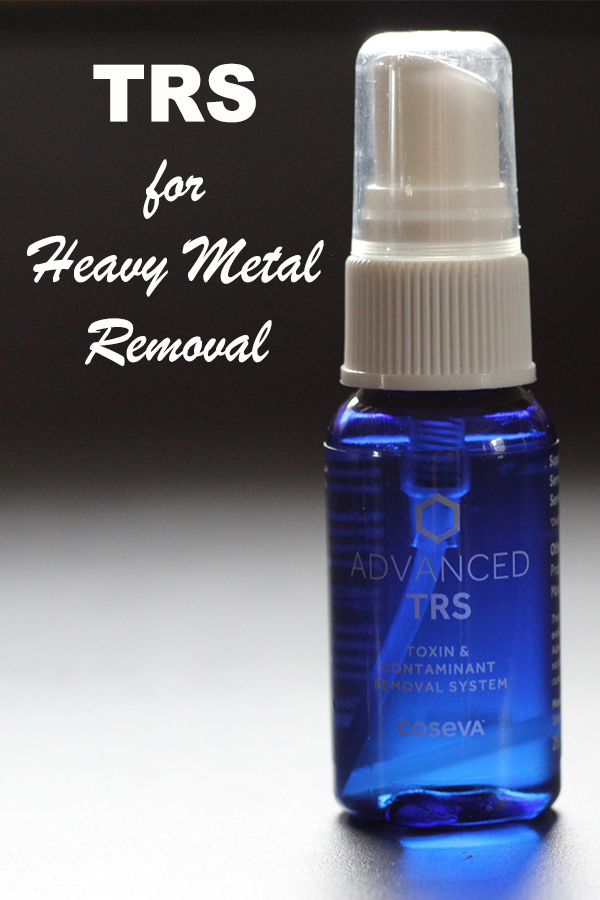

Onions are not nightshades. Potatoes are and were left off the list. I’ve done both protocols and this is a good overview. But the reintroduction part is more comples than it is made out to be and some people find that they can reintroduce eggs, ghee and honey.
I had read that AIP didn’t allow onions? Not sure, I should look into it.
Both GAPS and AIP don’t allow potatoes :)
Another big difference is that AIP allows starch “flours” like arrowroot starch that are not allowed on GAPS
I have been doing AIP for 6 months now and I love it. I had read the GAPS book prior to going AIP but with Hashimotos an autoimmune diet sounded more specific for me. I sure did learn a lot more about the gut though reading GAPS. so informative. The extra weight just fell off with AIP and I am now feeling like the old me, a better me. I focus on broth and probiotics and lots of veggies. I LOVE Mickey Trescott’s book Auto Immune Paleo. It was a life saver. I couldn’t think straight and putting together a menu plan was beyond me. She had it all payed out. So easy. Thank God for these wonderful women who research and write how to heal us. All of us need to be healed from our toxic world. Thanks fora op you do Cara. You are a big help to help inform us.
Looks like you’re comparing GAPS post-intro with AIP intro, which is wrong. Egg yolk is the first food you reintroduce with AIP, followed by egg white, and several no-nos you listed are put back in early in the reintro process. AIP intro is shorter than GAPS, too.
Onions definitely a nighshade and are on the allowed list from the beginning.
Oh, okay that makes sense then. I was wondering why people thought that AIP was easier to follow than GAPS, I’m going to need to do some more research :) I didn’t realize that AIP had an intro portion.
Onions are an allium (lily familyl and are not even closely related to solanaceae (nightshade).
I’ve always been a bit confused about what starches are allowed. AIP recipes that I’ve seen have a lot of plantain and yucca, which I thought GAPS didn’t allow? But maybe that was SCD? So I’ve avoided AIP, but we’re having issues with the eggs, dairy, and night shades on GAPS, even after a lengthy intro (for us – two months. With a 3yr old, 5yr old and myself nursing a 1yr old, we had to move on some). Do you know about plantains? Maybe we will try it.
I find GAPS baking a lot harder than AIP baking due to the starch restriction on GAPS. Plantain, sweet potatoes are all allowed on the AIP while being on the strictly forbidden on GAPS. Also, a lot of AI conditions are combined present pathogen overgrowth and I’ve found the GAPS intro to be too low carb for me if I cut out the honey too (I tried this because I was trying to get my candida under control). This was my major problem because I slipped into Ketosis too easily and that is known to be the perfect breeding ground for candida.
I personally am quite confused at which way to go to address my needs. I suppose this is where a good practitioner would help. ?